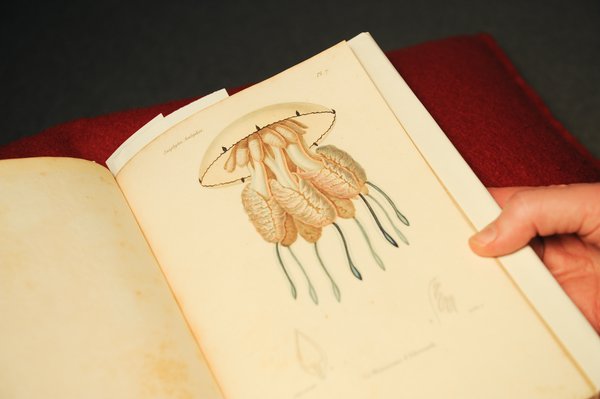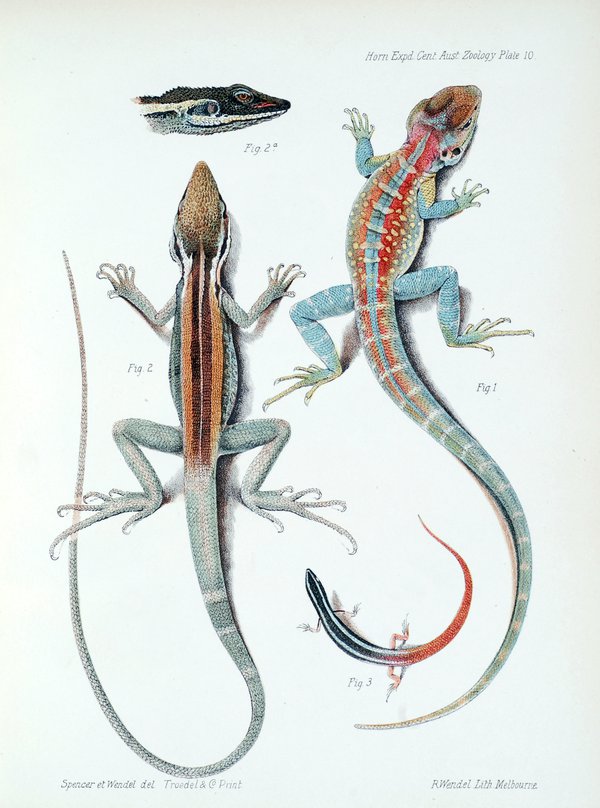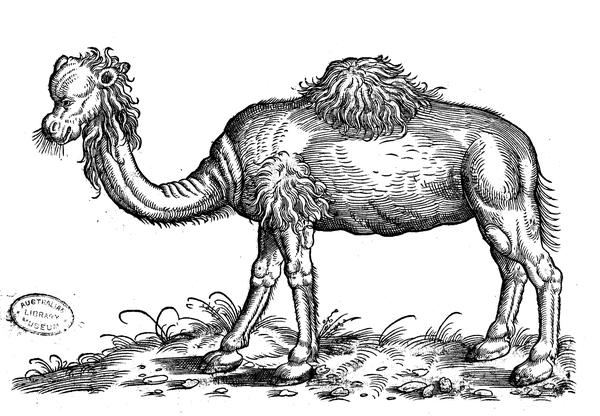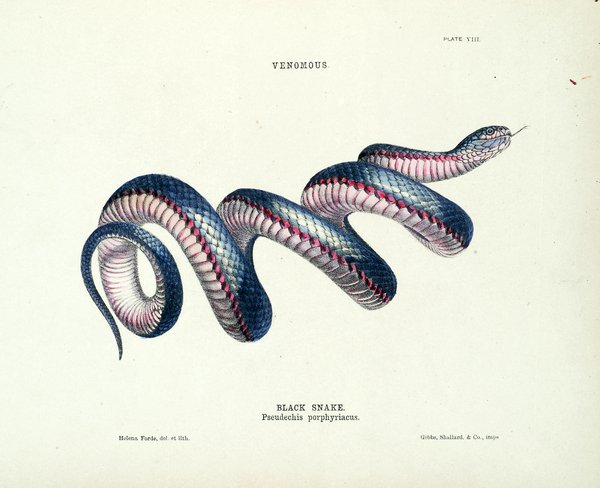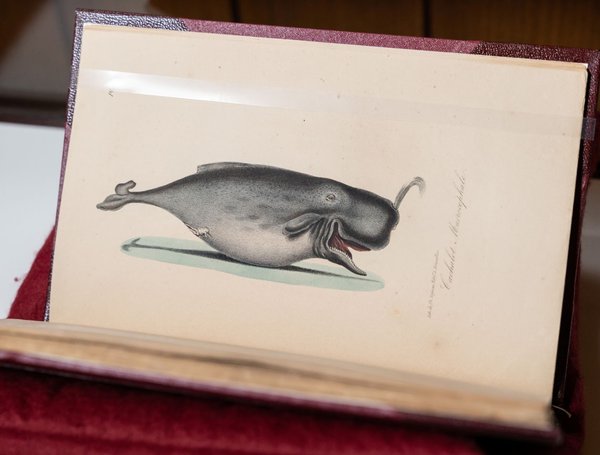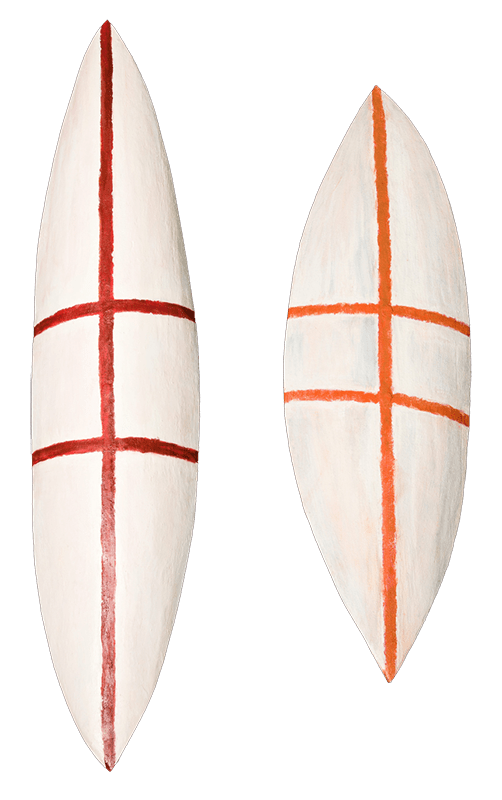Rare books
The Research Library holds a significant collection of rare books. This collection is regularly used in the work of Museum scientists.

The Australian Museum holds a rich archive of rare books, showcasing the breadth of biodiversity within Australia and aboard. The books are important to scientific researchers, as the books document scientific evidence throughout history. By using these assets as key anchor points, our rare book collection enables research and theory to mature with the understanding of subjects expanding through advances in technologies and knowledge.
About the collection
The Australian Museum holds a significant number of nineteenth century books and serials about natural science as well as Australian and Pacific anthropology. Many of the works in the rare book collection contain beautiful hand-coloured plates and scientific diagrams.
What makes the heritage part of the collection particularly interesting are the individual book's history or copy specific evidence, as many books in the collection previously belonged to well-known early natural historians; for example, William Swainson. Book bindings, bookplates and inscriptions have a lot to tell us. There is evidence of Australia being strongly connected to a network of natural history researchers around the globe throughout the nineteenth century. It is this copy-specific evidence which makes an individual book valuable beyond its content.
Rare book highlights
Areas of particular strength in our collection are books relate to the early European exploration of Australia and the Pacific as well as natural history dating from the same period. Examples include published accounts of Captain Cook's voyages, the First Fleet (by Surgeon John White, 1790; John Hunter, 1793 and David Collins, 1804) and early French voyages of exploration.
Important natural history works include those by the authors Buffon, Cuvier, Linnaeus and Fabricius, as well as George Shaw, George Perry, P.A. Latreille, and William Swainson. In addition to John Gould's Birds of Australia, the collection includes his monographs on The Ramphastidae, The Odontophorinae, The Macropodidae and The Mammals of Australia.
Oldest rare book titles include:
Libri de piscibus marinis. Lugdini, 1554
by Guillaume Rondelet
Prodigiorum ac ostentorum chronicon. Basileae, 1557
by Conrad Lycosthenes
Icones animalium quadrumpedum viviparorum et oviparorum. Tiguri, 1560
by Conrad Gesner
Contact the team
Researchers interested in rare books can contact the Library to discuss the special conditions required when accessing the collection and arrange an appointment. All materials are held on closed access and proof of identity is required.

